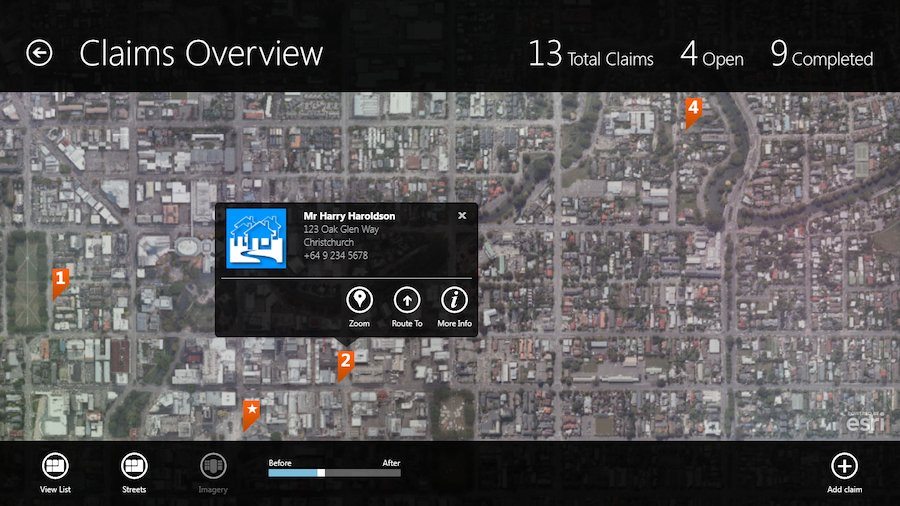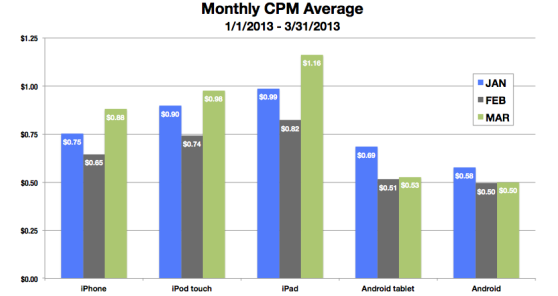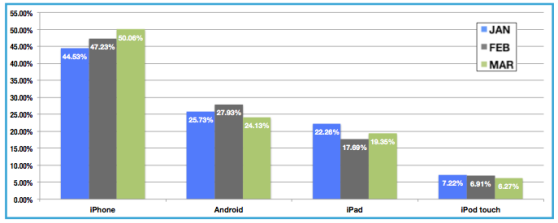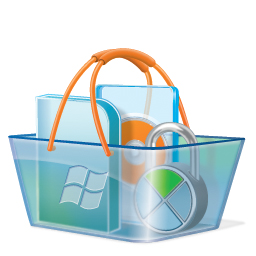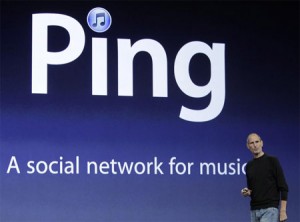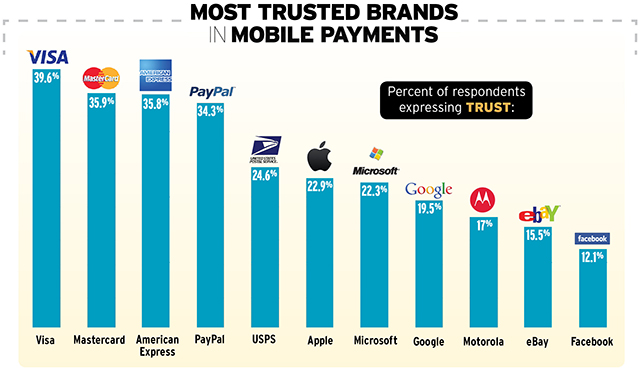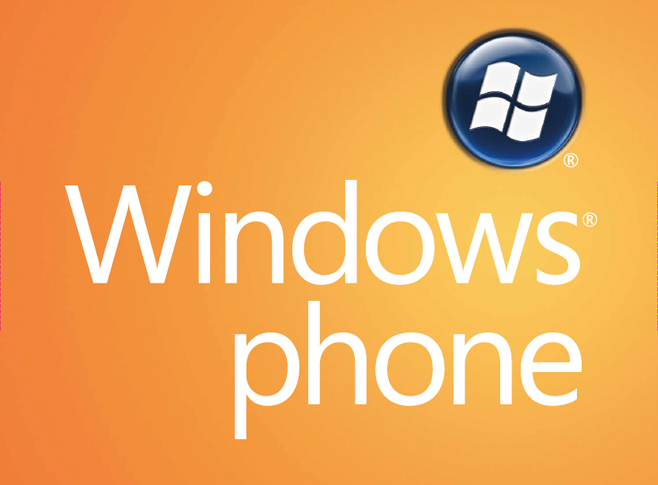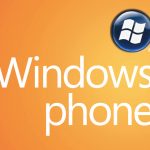The buzz that’s built around enterprise mobility has reached nearly deafening levels with seemingly everybody and their brother working on solutions to mobilize enterprise applications. Not surprisingly, the vast majority of the attention has been focused on bringing business apps to iOS and Android, given their dominant roles on smartphones and tablets.
In the process, many organizations have glossed over Windows, assuming that there wasn’t really any interest or value in creating mobile apps for the platform. The assumption seems to be primarily based on the tiny market share that Windows has garnered in the smartphone and tablet markets. While that’s an understandable and legitimate concern, it turns out it doesn’t really reflect what many companies are doing about custom mobile applications.
According to a survey my firm, TECHnalysis Research, fielded earlier this year with over 300 US-based IT professionals split evenly across small, medium and large businesses, custom Windows applications are actually being built by a very respectable 41% of companies surveyed. As the chart below shows, the number reaches 58% for large enterprise with 1,000 or more employees.

©2014, TECHnalysis Research
While those figures may seem puzzling to some, I believe there are some very logical reasons why they are where they are. First, most organizations that have in-house programming teams have a strong bias towards Windows because that’s what they know. Custom Windows desktop applications have been the lifeblood of many companies for over two decades, so it should be no surprise to anyone that the majority of a company’s in-house programming teams are going to know Windows and want to leverage that expertise.
In a related way, most of the custom applications that a company already has in use are likely to be Windows-based. Given that many mobile applications are being written to build onto the existing custom applications and data files that an organization has, the choice of Windows for mobile applications makes sense.
In addition, Microsoft has been offering a broad range of programming tools for custom enterprise applications for a very long time. The company is widely known for the general quality and scope of their tools, so again, it makes sense to use the tools companies have available. While custom programming tools for the other mobile platforms are certainly growing at a rapid pace, it will be a while before they have the same range of choices designed specifically for in-house business application programmers that Microsoft does.
Finally, another point to consider is that given the growth of touch-based Windows notebooks and Microsoft’s move to a common set of APIs across various flavors of Windows, companies can build applications that will run both on Windows-based tablets, as well as touch-based Windows PCs or 2-in-1 devices. While Windows 8 and 2-in-1 deployments in enterprise have been modest to date, many organizations like to plan and build for the future. With the promising prospects for the new Windows 10 and the ongoing evolution of the notebook that 2-in-1s represent, again, you can make a solid argument for why the interest in building enterprise mobile applications for Windows is already as high as it is, and likely to go higher.
